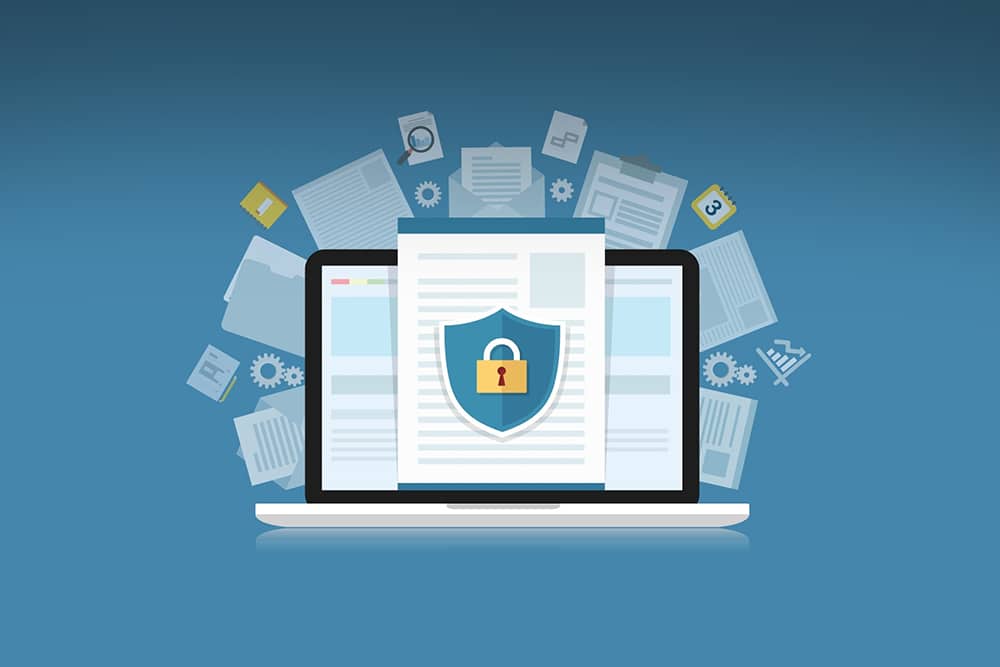
Enhance Your Cybersecurity with Effective Security Programs
Today’s interconnected digital world makes cybersecurity a significant concern for individuals, businesses, and governments alike. An increasing number of cyberattacks highlight the importance of robust security programs. Protecting sensitive data, critical infrastructure, and personal privacy requires effective cybersecurity measures. The goal of this blog is to explore elements of a cybersecurity program that can significantly enhance your defenses.
Risk Assessment and Management:
Risk assessments are the foundation of any effective cybersecurity program—identification and evaluation of vulnerabilities and threats that may affect your organization or devices. Understanding the risks will assist you in prioritizing security measures and allocating resources accordingly. Managing risks involves implementing strategies to reduce or eliminate these risks. Reviewing and updating risk assessments regularly is essential as the threat landscape evolves.

Strong Authentication:
Authentication refers to the process of verifying the identity of users and devices. Multi-factor authenticity (MFA) adds an extra layer of security by requiring users to provide multiple forms of verification. A multi-factor authentication system significantly reduces the risk of unauthorized access, even if the password has been compromised.
Education and Training:
Human error is one of the most common entry points for cyberattacks. End users and employees need to be educated about cybersecurity best practices. The training program should address topics like recognizing phishing attempts, password hygiene, and safe use of personal devices. Staff should be informed and vigilant to prevent costly security incidents.
Regular Software Updates and Patch Management:
Regularly updating software and applying security patches is an effective way of reducing the risk of exploitation, despite the fact that cybercriminals often exploit known vulnerabilities in software and operating systems. Patch management systems can streamline this process by ensuring that all devices and systems are updated in a timely manner.
Network Security:
Firewalls, intrusion detection systems, and encryption protocols can protect data in transit by implementing strong network security measures. Also, network segmentation can prevent attackers from lateral moving within a network, minimizing damage.

Managed IT Services
Every Business has specific, individual needs that require clients Managed IT Services enhancements to provide specialized functionalities.

VoIP Services
We strive to ensure technology products and services of the highest quality and value, for the benefit of businesses.

Web Services
We know that a web design company with great design and good usability can really make the difference to your business.

Managed Security Services
Cyber security program and standards are intended to defend organization information and website from the attackers.
Data Encryption:
The encryption of sensitive data at rest and in transit adds another layer of security. Thus, even if data are stolen, they remain unreadable without the appropriate encryption keys. Ideally, all critical information, including customer information and intellectual property, should be encrypted.
Incident Response Plan:
Despite the best security measures, incidents can still occur. An incident response plan is crucial to minimizing damage and recovering quickly. An incident plan should describe how incidents should be reported, their impact assessed, contained, and notified to relevant parties, including law enforcement.
Regular Security Audits and Testing:
Security audits and vulnerability assessments identify vulnerabilities in security programs. Penetration testing identifies vulnerabilities that need immediate attention. Regular testing keeps your defenses robust and adaptable to emerging threats.
Security Compliance:
Depending on your industry, you may be required to comply with specific cybersecurity regulations and standards. Compliance with these regulations ensures both legal compliance and a stronger overall security posture. The process of maintaining compliance often involves regular assessments and audits.
Monitoring and Intrusion Detection:
Real-time monitoring and intrusion detection can catch suspicious activity and potential threats. Quick response is enabled by these systems, which provide valuable insights into ongoing attacks.
Backup and Recovery:
Data backups are essential to protect against cyberattacks and other disasters. Backups and secure storage keep your data safe even if your primary systems are compromised.
Vendor Risk Management:
Vendors who work for you may have access to your systems or handle your data. Checking their cybersecurity practices and making sure they meet your security standards is crucial. The breach of a vendor’s systems can cause ripple effects on your own security.
Security Awareness Culture:
Security awareness is essential for all employees. Employees should feel empowered to raise security concerns and incidents promptly. Rewards for security-conscious behavior can encourage a strong security culture.
Conclusion
Advanced Technologies & Communications believes cybersecurity requires a combination of technology, education, and proactive actions. You can significantly reduce the risk of cyberattacks by implementing an effective security program that integrates risk management, authentication, education, and regular updates. Our increasingly digital world requires us to remain vigilant and adaptable when it comes to cyber security.
Contact Info
Contact Inquiry Form

 Phone:
Phone:
0 comment